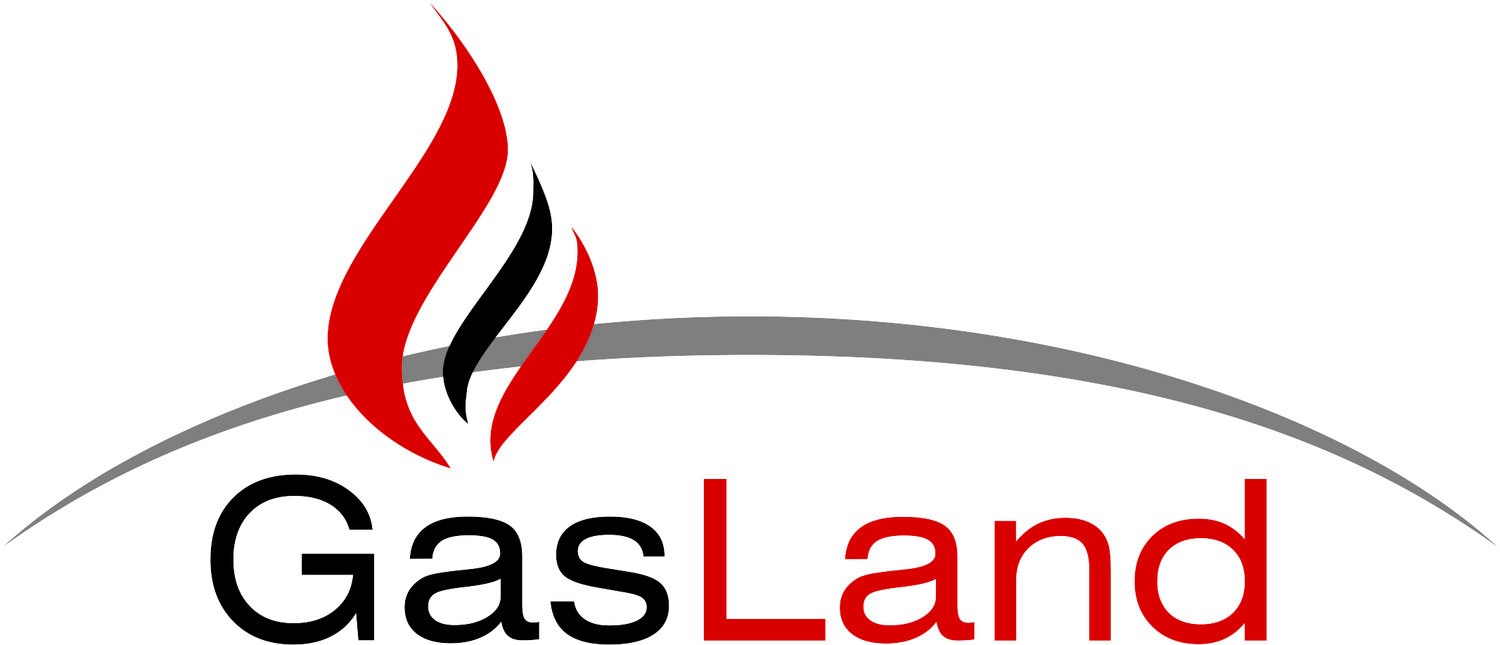Courtesy: Australia Pacific LNG Plant
Australia’s LNG boom can be attributed to the three simultaneous construction programs: Queensland Curtis LNG, Santos GLNG, and Australia Pacific LNG - which are part of the largest concentration of private capital investment in its history. When in operation of Q4 2016, the three plants would have a combined capacity of 25 million tons of LNG per annum. Out of the three, Australia Pacific LNG was the largest LNG plant to commence construction. It consists of a two train LNG facility with the potential for additional two trains. The plant is capable of producing a staggering nine million tons of LNG per annum.
The coal seam gas for Australis Pacific LNG is sourced from fields in the Surant and Bowen basins in South West and Central Queensland. The gas then enters a 329 mile gas transmission pipeline to reach the Curtis LNG facility where it is liquefied. When the gas is cooled to liquid, the volume of the gas is reduced by 600 times, this liquefaction allows the gas to be shipped and stored safely.
Australia Pacific LNG is a joint venture between Origin (37.5%), ConocoPhillips (37.5%) and Sinopec (25%). This facility uses the ConocoPhillips Optimized Cascade Technology to process coal seam gas into Liquefied Natural gas. Bechtel was awarded the EPC contract for the two train LNG facility.
Each train is made up of Prefabricated Modules, Structural Steel, Piping Systems, CO2 Absorber, Refrigerant Cold boxes and Gas Land’s very own Nitrogen Generation Systems with Liquid Nitrogen Systems as a backup. Recently, Gas Land successfully commissioned Train 2 in July 2016. The system was performing to design delivering better than the promised flow and purity.


